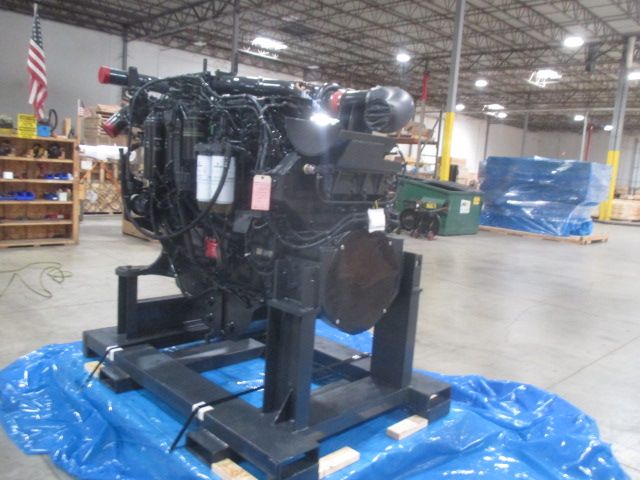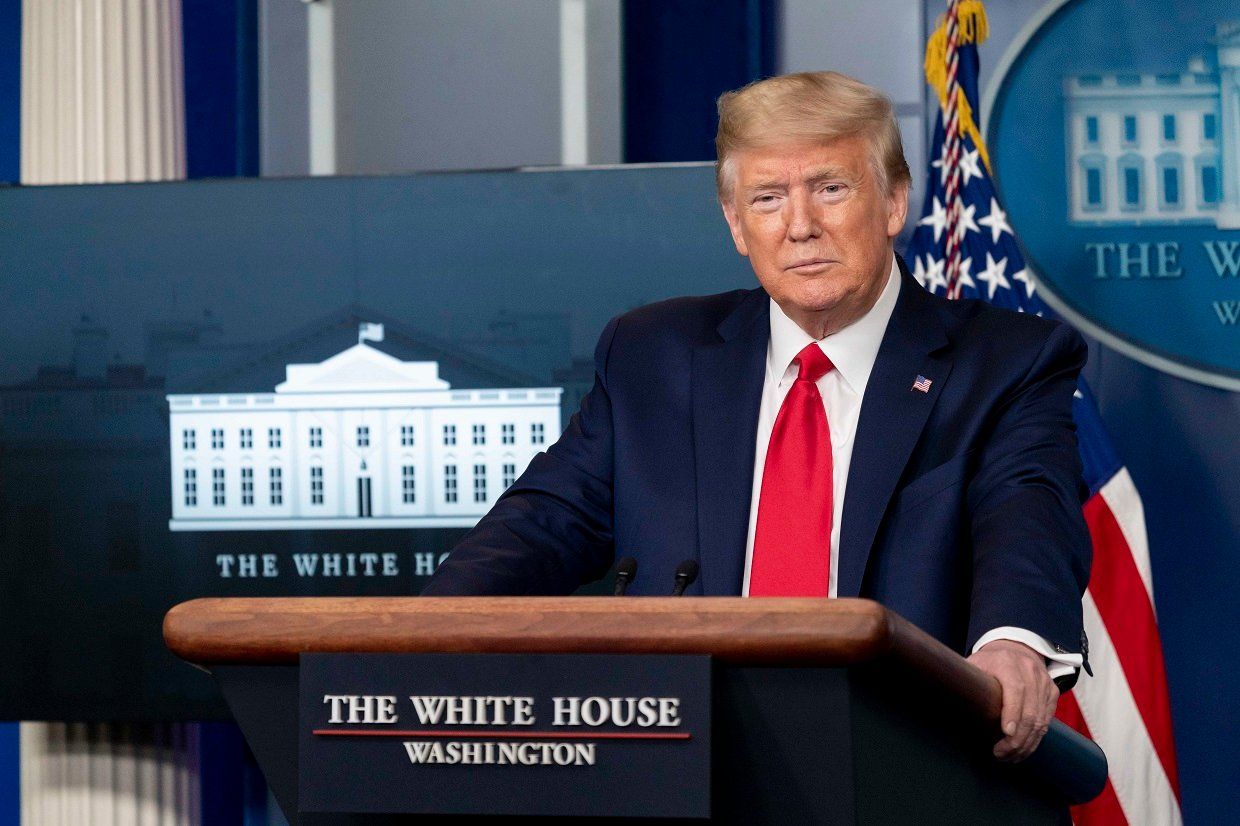The US–UK 2025 Trade Deal marks a turning point in transatlantic logistics, reducing tariffs and fast-tracking customs to boost global freight efficiency.
The deal adjusts tariffs and opens markets in ways that directly benefit international freight and shipping. Among other provisions, U.S. tariffs on many UK exports stay at a 10% baseline, while the UK sharply reduces its own tariffs on American goods.
Crucially for cargo logistics, the agreement also commits to faster customs processing and broader market access for key industries.
Both President Trump and Prime Minister Starmer described the deal as historic — Trump noted it “opens up a tremendous market” for U.S. exporters, while Starmer called it “a really fantastic, historic day.”
In short, the pact reduces barriers to transatlantic trade and sets the stage for higher shipment volumes and smoother border clearances.
Core Terms of the US–UK 2025 Trade Deal
- Tariff reductions on autos, steel and aluminum: The deal cuts U.S. tariffs on UK-made cars from 27.5% to 10% (for a quota of 100,000 vehicles per year) , and eliminates Trump’s 25% tariffs on UK steel and aluminum entirely . This change saves British automakers and steelmakers hundreds of millions of dollars and clears the way for more finished vehicles and raw materials to flow to the U.S.
- Lower UK tariffs on U.S. goods: The UK agreed to cut its average tariff rate on imports from the U.S. from about 5.1% down to 1.8% . The press release notes that this “unprecedented market access” includes zero tariffs on key U.S. exports like ethanol (used in brewing) and favorable quotas on U.S. beef . Notably, the UK secured these gains without weakening its high food-safety standards .
- Faster customs and border processing: Both sides committed to streamline customs clearance. U.S. officials say the UK will “fast track” American goods through customs checkpoints . This means simpler documentation and quicker releases for qualifying shipments. In practical terms, perishable goods and time-sensitive cargo – for example, aerospace parts or medical equipment – should clear customs more rapidly under the new procedures.
Each of these terms is designed to make UK–US trade cheaper and faster. For example, with car tariffs cut to 10% on 100,000 British vehicles, Jaguar Land Rover and other UK automakers can export more cars tariff-reduced . UK steelmakers likewise regain unfettered access to the U.S. market as 25% duties drop to zero . On the flip side, UK farmers and producers gain new opportunities in the U.S. market: a tariff-free quota of 13,000 tonnes of British beef and zero duties on U.S. ethanol mean more agri‑shipments both ways . In all, the deal carves out special concessions for high-value sectors while maintaining overall protections (like food standards) on each side.
Stronger cross-Atlantic flows. For international freight operators, lower tariffs and new quotas will drive a surge in transatlantic shipments. Container ships and trucks carrying vehicles, machinery and farm goods will move more loads at more favorable rates. For example, with steel and auto tariffs removed, U.S. buyers can import UK steel and autos at less cost – a clear green light for larger, more frequent shipments. Likewise, the expanded U.S. orders of British goods (including a reported $10 billion purchase of Boeing airplanes) will flood ports with new exports . In short, the tariff cuts and market openings mean more cargo must cross the Atlantic in both directions.
- US logistics firms see this as a positive signal. Industry analysts note that any easing of trade barriers typically boosts trade volume, which in turn boosts demand for shipping, warehousing and freight services. The deal’s focus on automobiles, aerospace and agriculture – all heavy users of freight transport – suggests a direct uptick in loads.
- Lower tariffs translate to lower landed costs for importers. Cargo operators can highlight to clients that the reduced duties make US–UK trade more competitive. This can attract new business and route volume, e.g. more car shipment bookings or agricultural export contracts.
- For Falcon Cargo specifically, the agreement creates clear new opportunities. We expect to expand our transatlantic services (ocean and air), knowing that customers will be moving more goods like auto parts, steel coils, food products and machinery. Our teams are preparing to coordinate the anticipated surge in cross-border freight flows while maintaining fast, reliable service.
Faster customs, faster deliveries. Beyond tariffs, the agreement’s customs and standards provisions deliver efficiency gains. The UK has committed to “fast track” U.S. shipments, meaning faster inspection and clearance procedures . U.S. Commerce Secretary Howard Lutnick explicitly noted that British-made Rolls-Royce jet engines and aircraft parts will enter the U.S. tariff‑free – and with streamlined paperwork to match. In practice, this cuts transit delays at ports and airports for high-priority goods. Faster border clearance helps Falcon Cargo by shortening transit times and reducing handling costs for customers.
This streamlined customs process also reduces uncertainty in supply chains. Carriers can plan tighter schedules knowing that customs holds will be minimized. For example, perishable U.S. exports like pharmaceuticals or fresh agricultural goods can move through UK ports more predictably under the deal’s terms. Combined with the tariff changes, the customs agreements effectively shrink transit times for many shipments. In the words of Prime Minister Starmer, the deal preserves high standards “while providing stability for exporters” – a win for both regulatory assurance and operational speed.
Looking Ahead: The Future of the US–UK 2025 Trade Deal
Falcon Cargo welcomes this 2025 US–UK trade deal as a positive step for international logistics. By slashing key tariffs and promising modernized border controls, the agreement will fuel growth in UK–US trade. Businesses on both sides now have stronger economic incentives to ship goods across the Atlantic – from British carmakers and steel mills to American farmers and aerospace firms. In practical terms, we anticipate increasing our fleet deployments and cross-border services to support the higher freight flows that this deal enables.
We remain committed to helping our customers capitalize on these new opportunities. The historic nature of the agreement – the first significant trade pact following recent tariff tensions – means more routes and cargo types are now viable and profitable. Our logistics experts are ready to advise clients on the best ways to route goods in the post-deal environment, leveraging the reduced duties and expedited customs processes. As both presidents have celebrated, the new trade pact truly “opens up a tremendous market” . Falcon Cargo will be there every step of the way, ensuring our partners can move goods across the US–UK corridor faster, easier and more cost-effectively than ever.

Sources: Official government releases and major news reports detail the agreement’s terms and impacts. These include tariff schedules, quota limits and statements by national leaders (as cited above).



